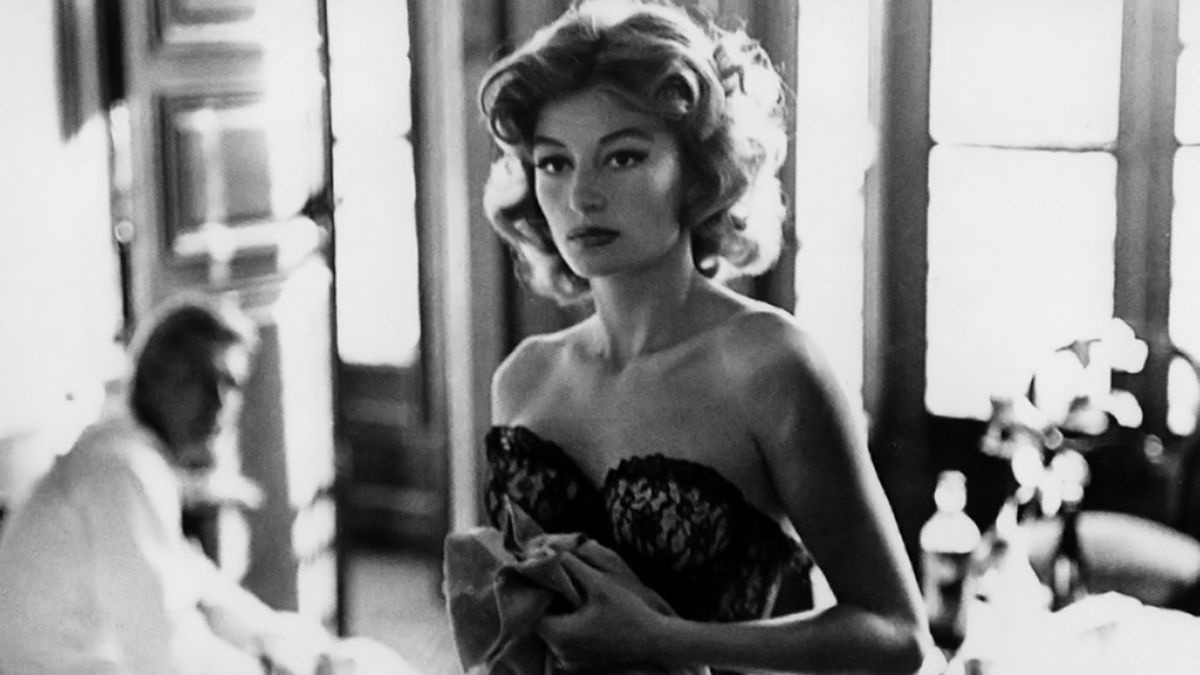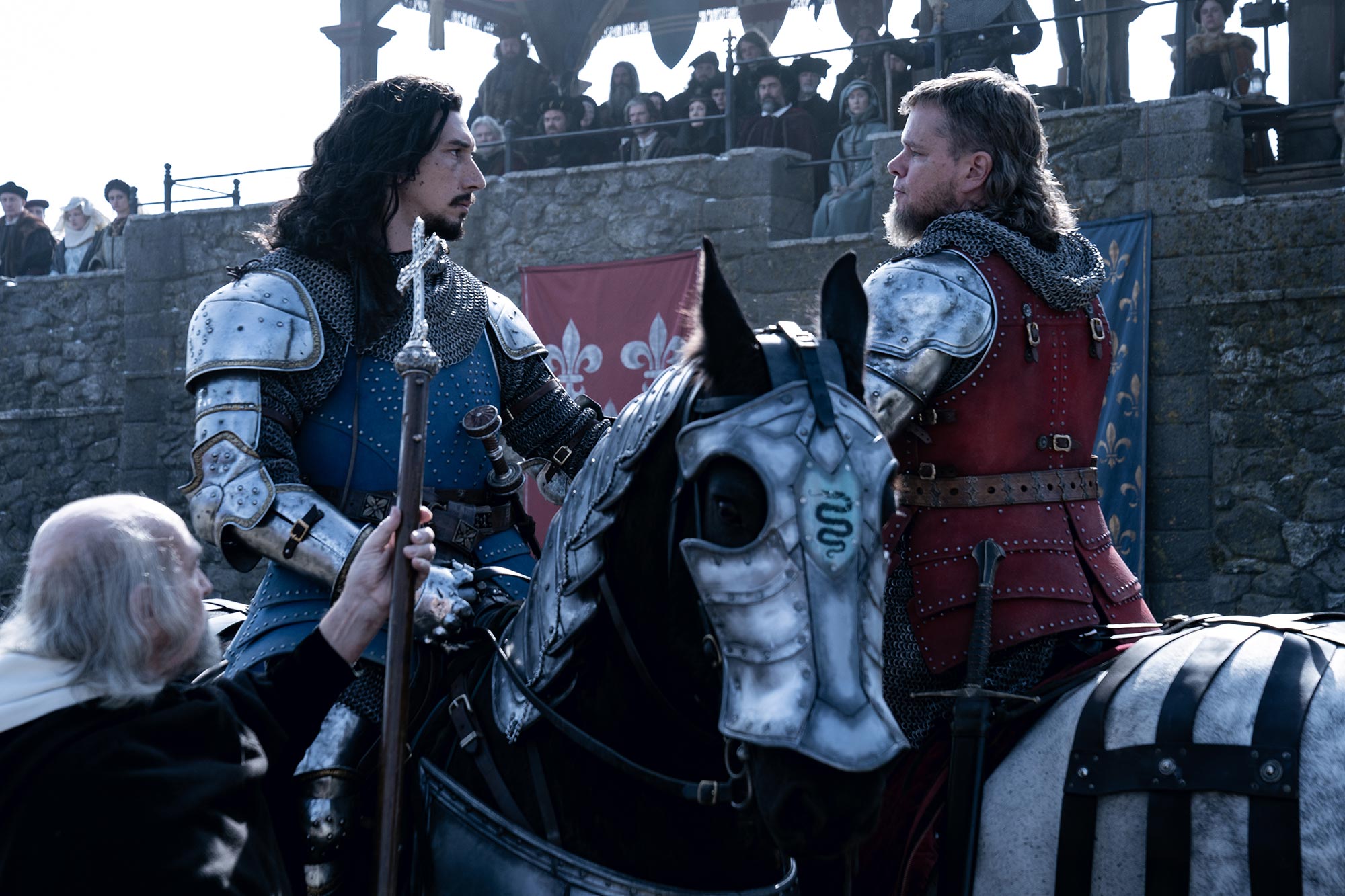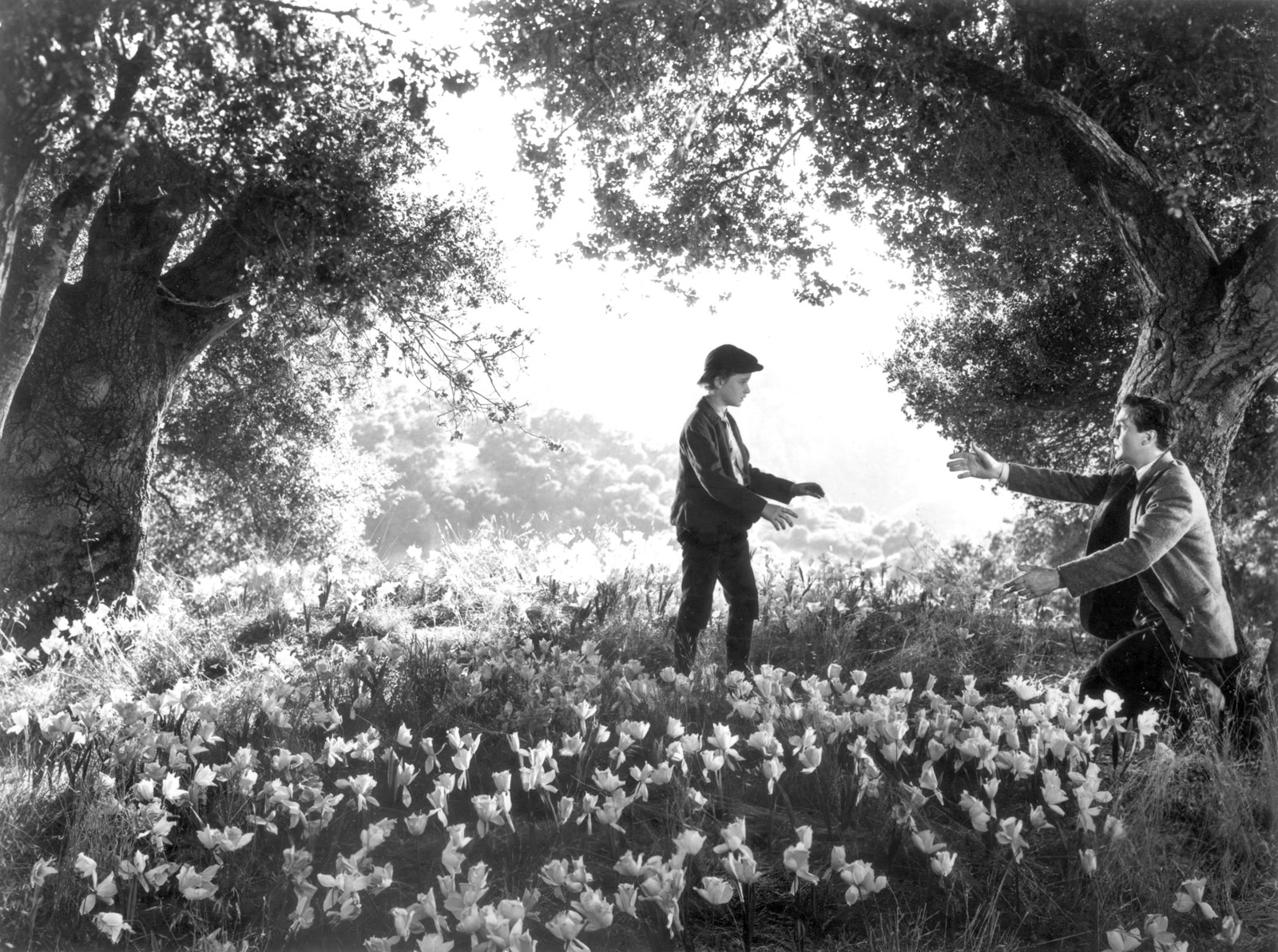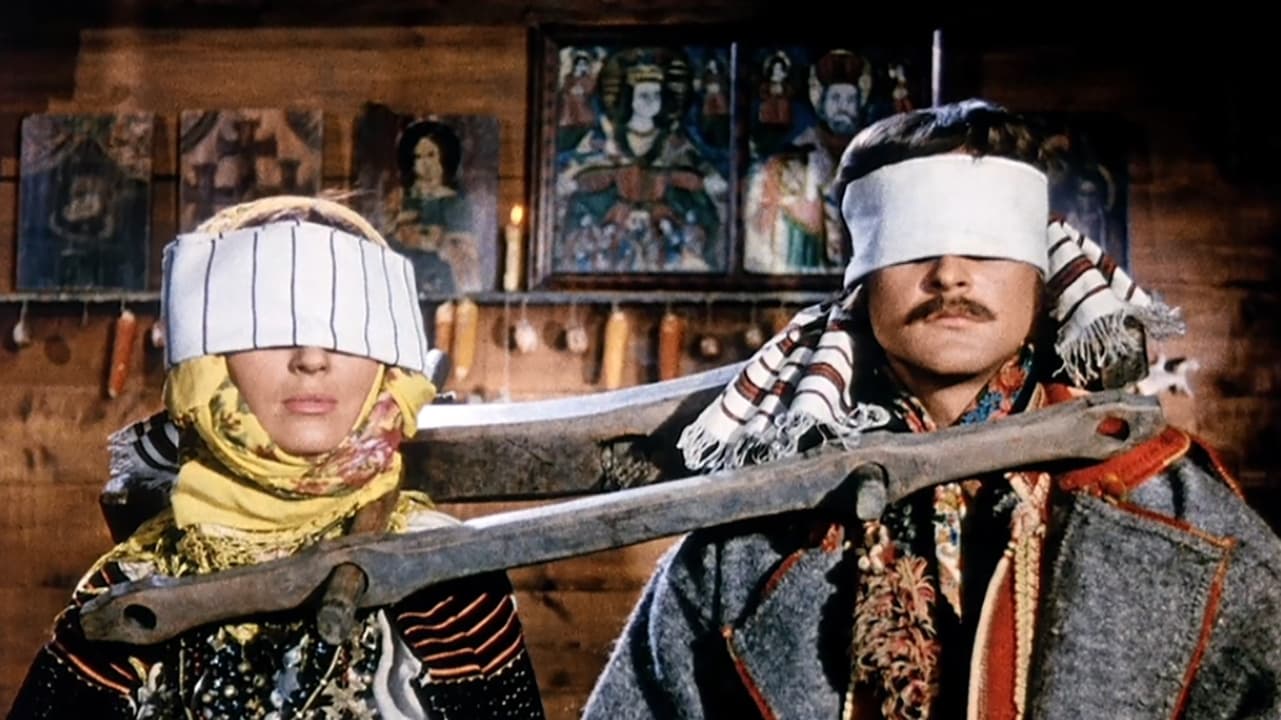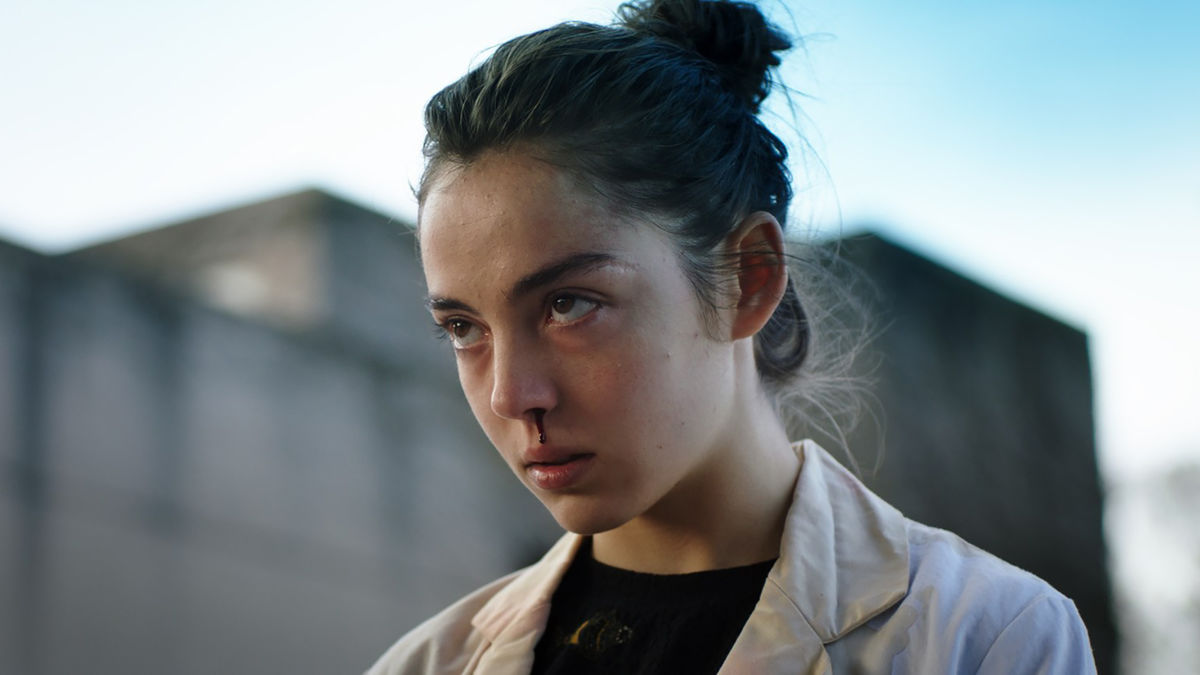Run Lola Run (1998)
Run Lola Run is a showcase of remarkable rapid-fire editing and energetic camerawork, but just as compelling is Tom Twyker’s segmented formal structure, attacking questions of fatalism and free will across three alternate timelines of a single thrilling narrative.


